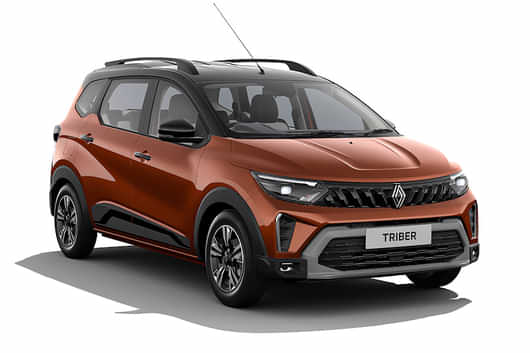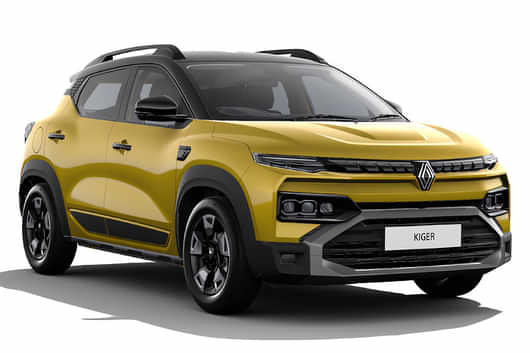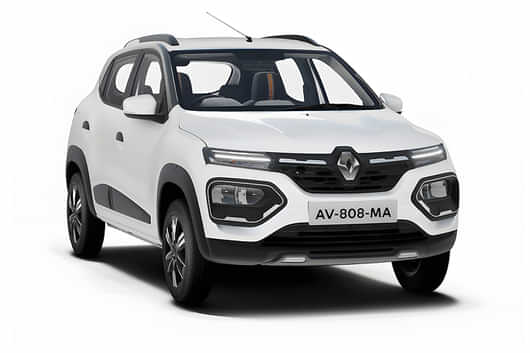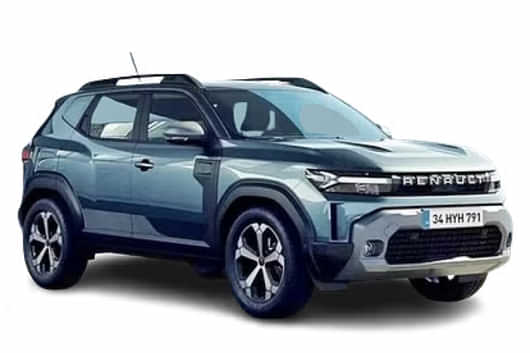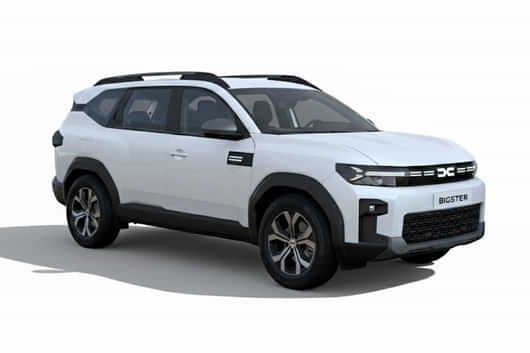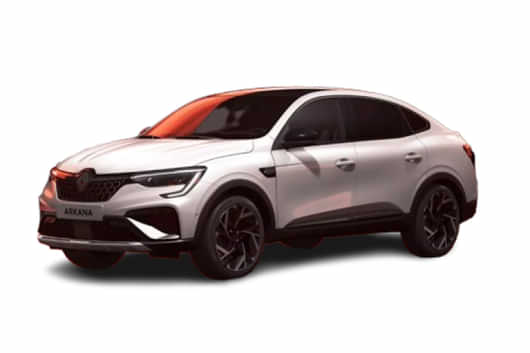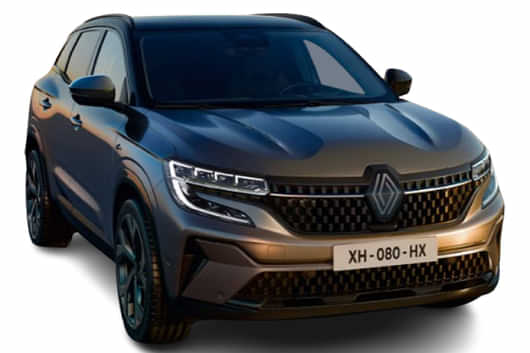
KEY HIGHLIGHTS
- Renault Kwid EV spied without camo overseas
- Likely to launch here in India as an entry-level EV
- Offers a claimed range of 220 kms overseas but could vary for India-spec variant
Renault is preparing to enter the budget EV space with a heavily updated Kwid Electric, essentially a rebadged version of the Dacia Spring EV that debuted globally last year. Fresh spy shots from Brazil show the car in near-production form, hinting that the launch is imminent in international markets. While India's launch remains unconfirmed, the Kwid EV could become one of the most affordable electric hatchbacks globally, competing with the Tata Tiago EV and MG Comet EV if introduced here. Let's check out how it looks in its bared-out sighting, but before moving ahead, make sure to join our 91Wheels WhatsApp Group community of petrolheads to never miss out on any updates from the automotive world.
Also Read- Renault Triber Facelift Launched At Rs 6.29 Lakh - Details
Butch Design with Duster-Like Styling

Unlike the current petrol-powered Kwid, the Renault Kwid EV takes on a far more rugged look. The front fascia is all-new, featuring slim horizontal LED DRLs, a vertically slatted plastic grille with the Renault logo at the centre, and the charging port hidden behind the badge. The main headlamps are placed lower on the bumper, which has been widened to give the car a chunkier presence.
The rear profile borrows cues from the Duster, with updated bumpers and Y-shaped LED elements inside the tail lamps connected via a glossy black trim on the tailgate. While the doors and pull-type handles are carried over from the outgoing model, these updates make the Kwid EV appear fresher and more premium.
.jpg?w=700&c=0)
Though Renault hasn't revealed the cabin yet, it is expected to mirror the Dacia Spring EV's layout. This includes an all-new dashboard with better material quality, a redesigned steering wheel, and possibly dual digital screens for the instrument cluster and infotainment. Higher trims may also introduce features such as automatic climate control and a modern HVAC panel borrowed from the Duster.
Powertrain and Range
.jpg?w=700&c=0)
Under the hood, the Kwid EV is likely to share its mechanicals with the Dacia Spring EV. This means a 26.8kWh battery pack mated to either a 45hp motor or a more potent 65hp variant. Power will be sent to the front wheels, with an estimated range of around 220 km per charge, making it practical for urban commuting. However, the specs for the Indian variant could differ from what it is internationally, but for that, we will have to wait until further info is out.
Expected Launch And Rivals
Renault is likely to position the Kwid EV as a budget-friendly electric city car, much like its global sibling but remains to be seen if and when it makes it to India. If priced aggressively, it could start around Rs. 7 lakh (ex-showroom), placing it squarely against other entry-level EVs like the Tata Tiago EV, MG Comet EV, and Citroen eC3. It could make its way to the country by the end of 2025 or early 2026.
Verdict
The upcoming Renault Kwid EV blends rugged SUV-inspired styling with compact dimensions and practical range, positioning it as an ideal urban EV. If priced aggressively, it could democratize electric mobility much like the original Kwid did for entry-level hatchbacks. However, its fate in India hinges on Renault's strategy and whether the brand can balance affordability with features like ADAS and improved interiors without driving up costs.











